If you’ve never experienced the taste of Guatemalan coffee, you may be wondering what to expect. Your taste sensation will vary between cups, but generally, you’re in for a coffee along the following lines:
- Full bodied,
- Having Complex flavors,
- Floral, fruitful, and spicy aromas,
- Containing hints of chocolate, fruit, nuts
- With relatively high acidity featuring bright and tangy zests.
The unique flavor of Guatemalan coffee is due, in part, to the unique features of Guatemala’s terrain and climate.
Coffee farms in Guatemala tend to be located at higher altitudes, often cut into the side of a mountain, or are situated on a plateau. This altitude contributes to its characteristic acidity. Guatemala’s warm climate, high level of rainfall, and fertile soil also provide an ideal environment for producing high quality beans.
However, it is not all about growing conditions. Guatemala’s farmers deserve much of the credit for producing such excellent coffee, and their farms are a testament to their care and devotion to their craft.
While the climactic and geographical features we previously noted may serve as a useful generalization, each growing region of Guatemala has its own microclimate that creates unique qualities in the coffee grown.
Guatemala has 125,000 coffee producers, farming across 300 of these different microclimates within eight distinct coffee regions, giving Guatemalan coffee tremendous diversity in flavor. Now, lets take a look at Guatemala’s different coffee growing regions and their unique characteristics!
Table of Contents
Guatemalan Growing Regions
Antigua

Antigua, located west of Guatemala City, is likely the first region springing into the mind of a coffee connoisseur when discussing Guatemalan coffee. A region virtually surrounded by volcanoes, Antigua has an abundance of fertile volcanic soil, and its low-humidity climate is ideal for growing rich, full-flavored coffee beans.
Unfortunately, Antigua’s popularity as a coffee-growing region has led growers from the other areas to ship their beans there to classify them as Antiguan. This practice is something that the Antiguan Growers Association is tirelessly working to stamp out.
Genuine Antiguan coffee beans typically feature a mild sweetness, a chocolate flavor, and acidity similar to that of apples.
Atitlan
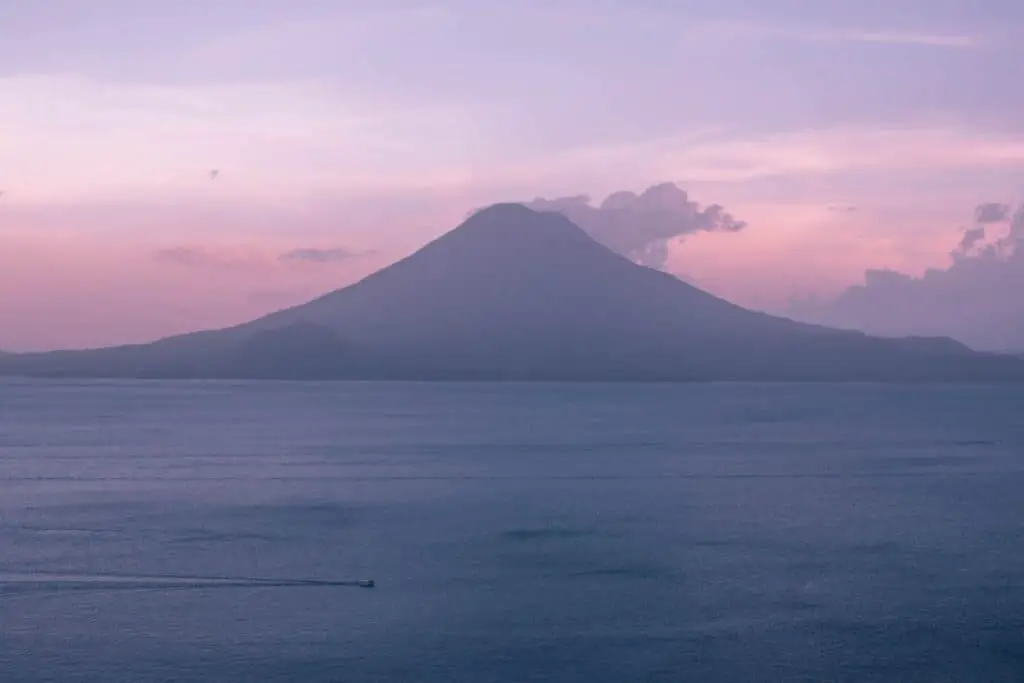
The Atitlan region, home to the gorgeous Lake Atitlan, sits in the Sierra Madre mountain range near the Pacific coast. With high rainfall and the protection of surrounding mountain ranges, temperatures often cool off slightly allowing for the development of more complex flavors.
Atitlan farmers have also perfected environmentally-friendly farming techniques that leverage the region’s particular geographical characteristics and are fertilized naturally. The resulting crop is usually processed using a washed or semi-washed method.
Coffee grown in the Atitlan region is often full-bodied, with a floral, somewhat spicy taste.
Coban Rainforest
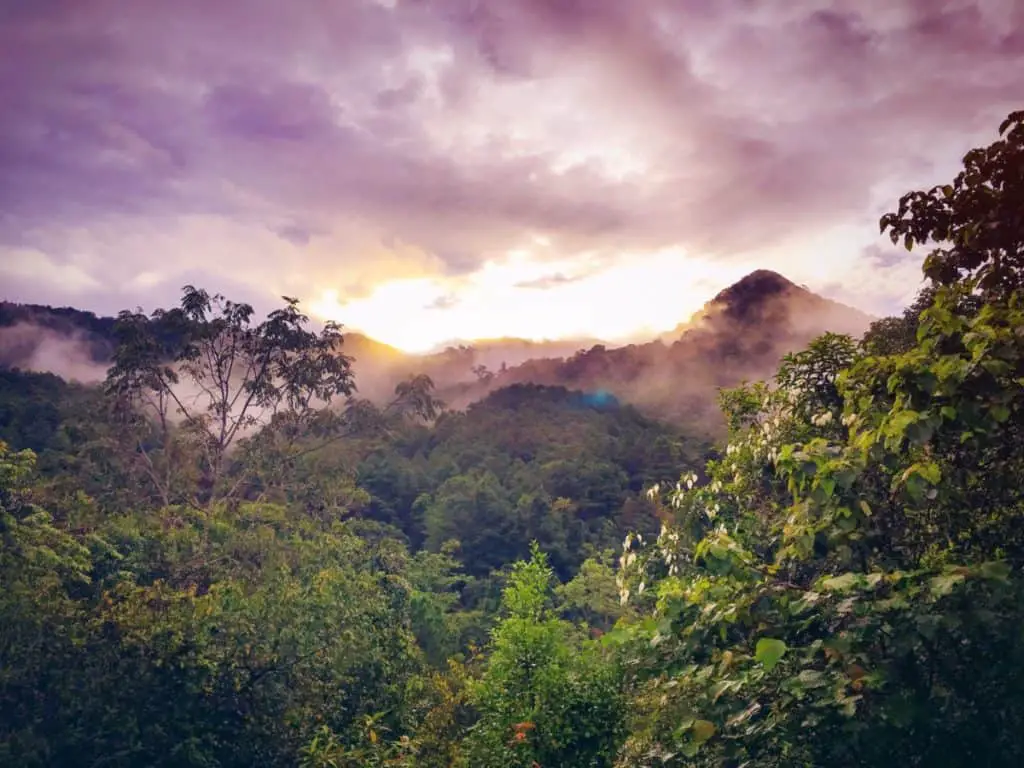
Coban is a relatively remote growing region located in the very center of Guatemala.
In contrast to the sunnier volcanic regions of Guatemala, Coban is a subtropical rainforest with steady rainfall throughout the year. Coffee beans from this region are grown in limestone and clay soil, receive little direct sunlight, and the climate is colder relative to other regions of Guatemala.
This combination of growing conditions makes Coban coffee beans medium-bodied, bright, and less acidic than beans from other Guatemalan growing regions.
Fraijanes Plateau
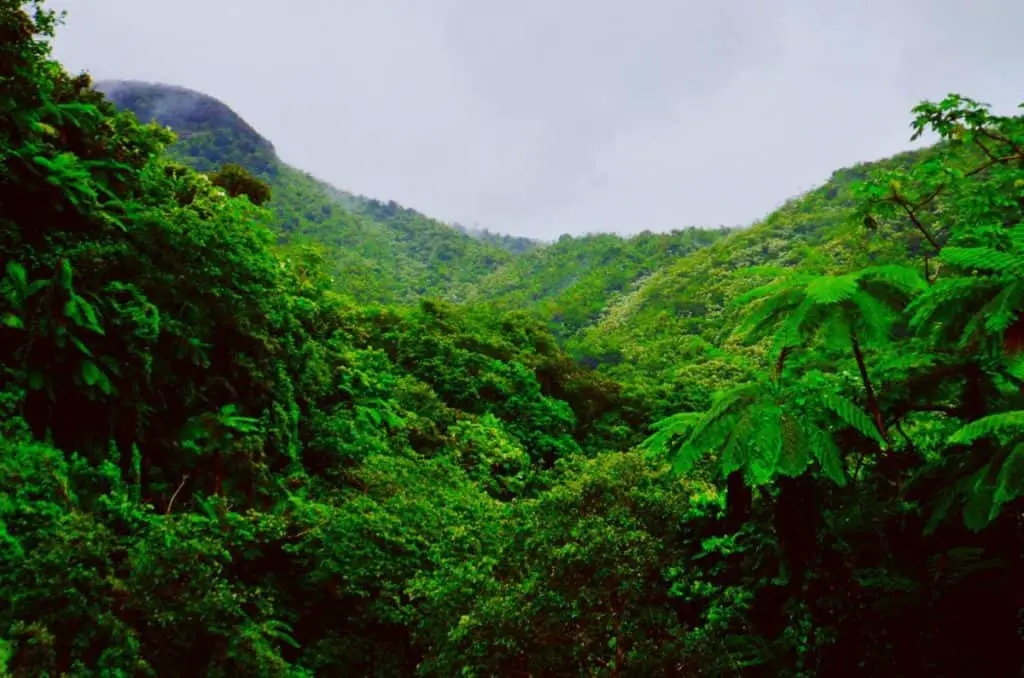
The Faijanes Plateau is south of Guatemala City that is characterized by a wider temperature variation than other Guatemalan growing regions. It is also particularly sunny, contributing to an almost “sun-dried” quality to the coffee grown there.
Coffee beans from the Fraijanes Plateau also benefit from growing in fertile volcanic soil; they periodically get dusted down with volcanic ash from the nearby active volcano, Pacaya. The Fraijanes dry and sunny climate is somewhat similar to Antigua’s, and is similarly ideal for growing flavorful and full-bodied coffee beans.
Unfortunately, it is rare to find a bag of Fraijanes coffee in the United States. If you manage to get hold of some, you will be treated to a proverbial bouquet of sweet smells and complex flavors.
Highland Huehuetenango
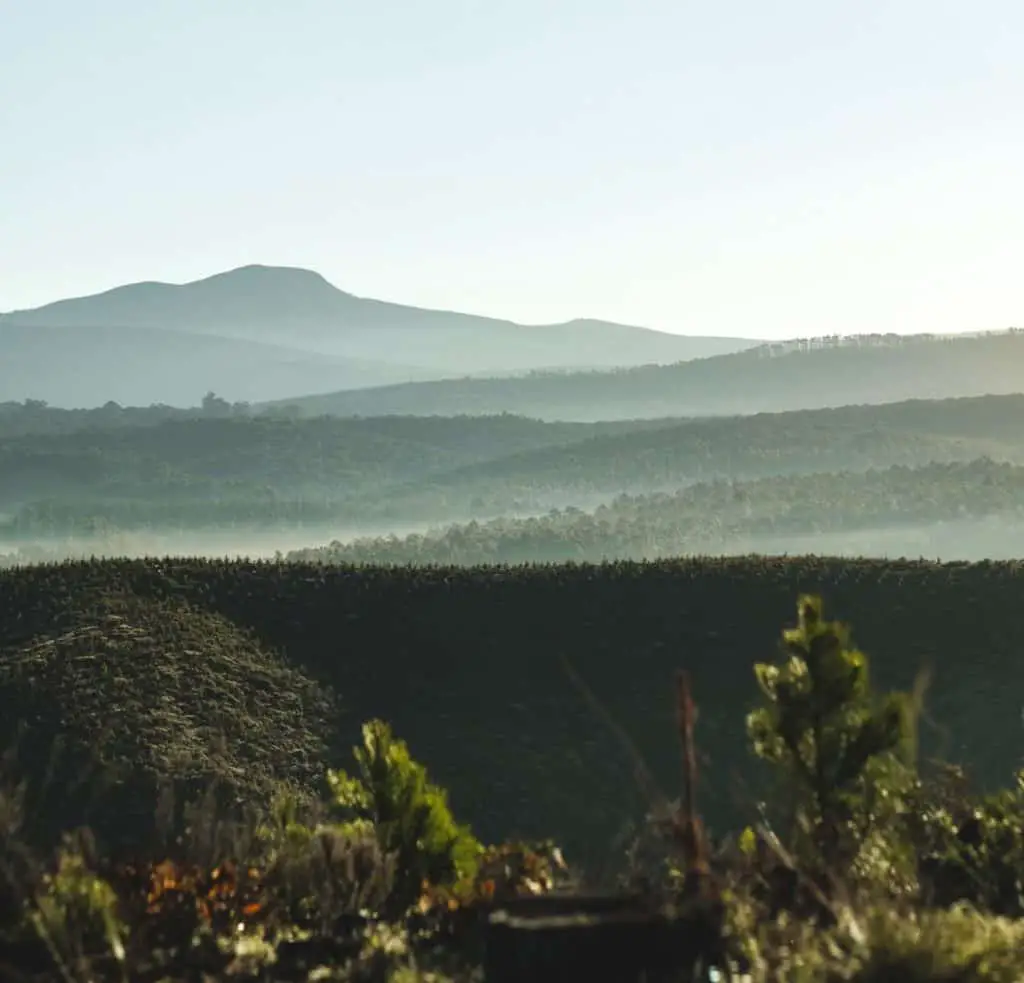
In your search for a good Guatemalan coffee, Huehuetenango is a region you are highly likely to encounter. Positioned alongside the Mexican border, Huehuetenango is Guatemala’s highest, driest, and most remote coffee-growing region.
While volcanoes are a common feature for many of Guatemala’s growing regions, Huehuetenango is non-volcanic. The subtropical climate’s predictability allows
Huehuetenango farmers to produce a range of specialty beans that give a mildly acidic flavor similar to that of wine.
Nuevo Oriente
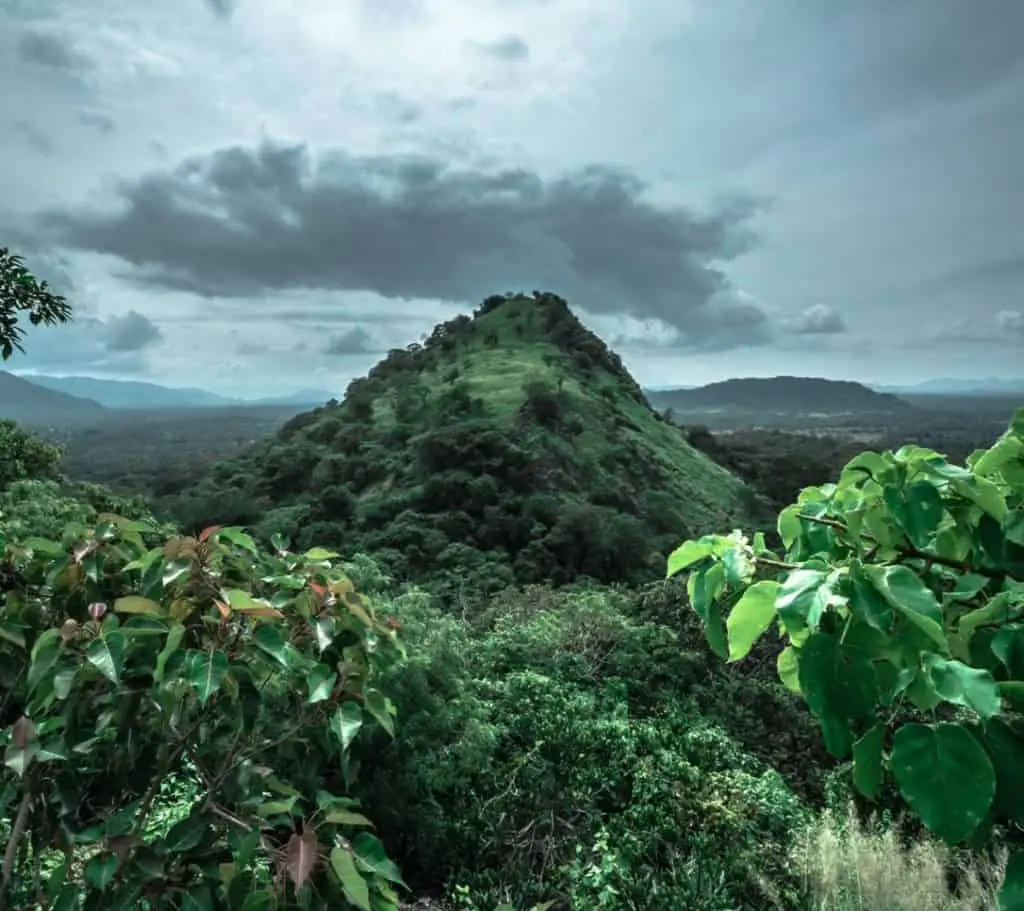
Nuevo Oriente is situated near Honduras in the eastern portion of Guatemala along a volcanic range. It is a growing region heavy in clay. This clay can make growing more difficult, but pays dividends in terms of how the rich the soil is in minerals.
Nuevo Oriente is one of the oldest growing regions in Guatemala. Small-scale coffee growers thrive here and have been producing top-quality beans since the 1800s.
Coffee from this region is reknown for its particularly strong aroma and high acidity. Expect to experience a full-bodied cup when trying these beans.
San Marcos
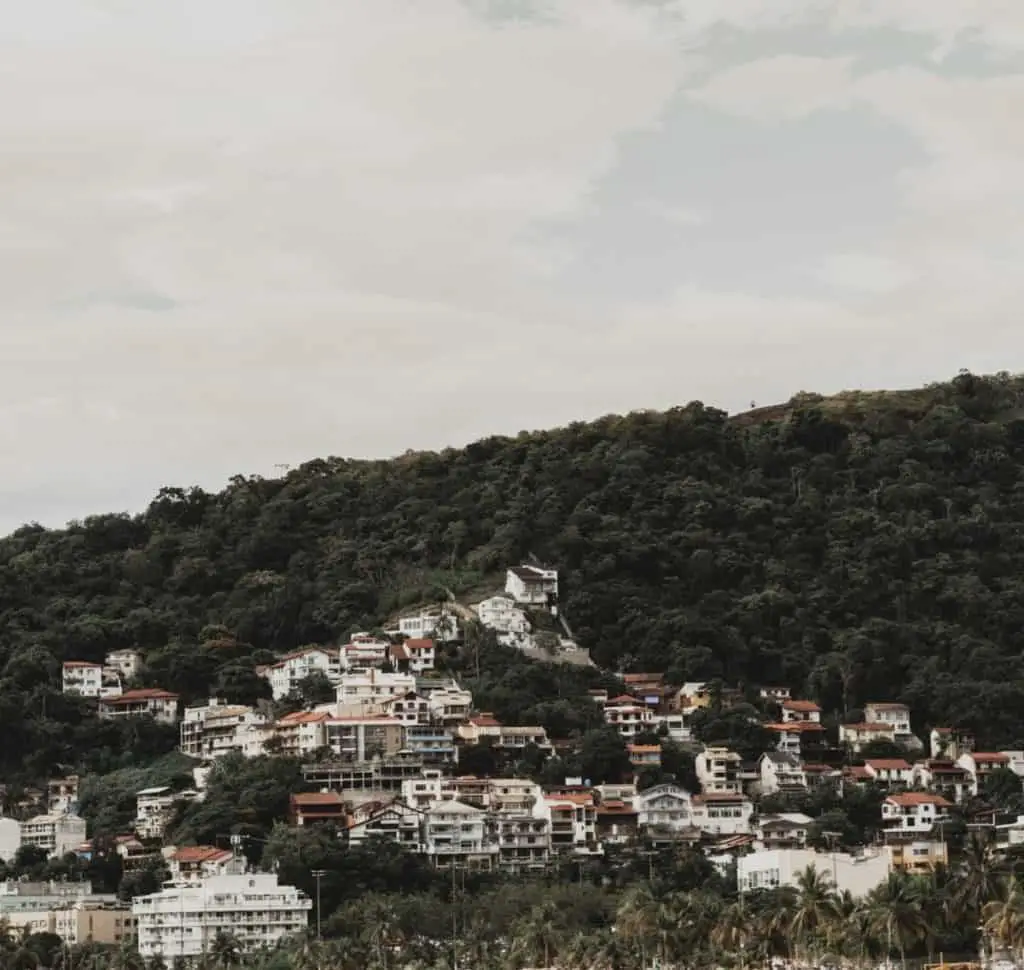
Located in the very west of Guatemala, San Marcos is a mountainous region with microclimates heavily influenced by the Pacific Ocean.
San Marcos is renowned for heavy rainfall, heat, humidity, and volcanoes, each of which contributes to the incredible quality of coffee beans from this region.
San Marcos coffee beans have a characteristic acidic bite to them that is reminiscent of lime. This acidity is often coupled with a floral smell and notes of cocoa.
Now that we’ve taken a look at Guatemala’s different growing regions, let’s review a number of different Guatemalan coffees you can find online!
Reviews of Guatemalan Coffees Available Online
Volcanica Guatemala Antigua – 4.0*
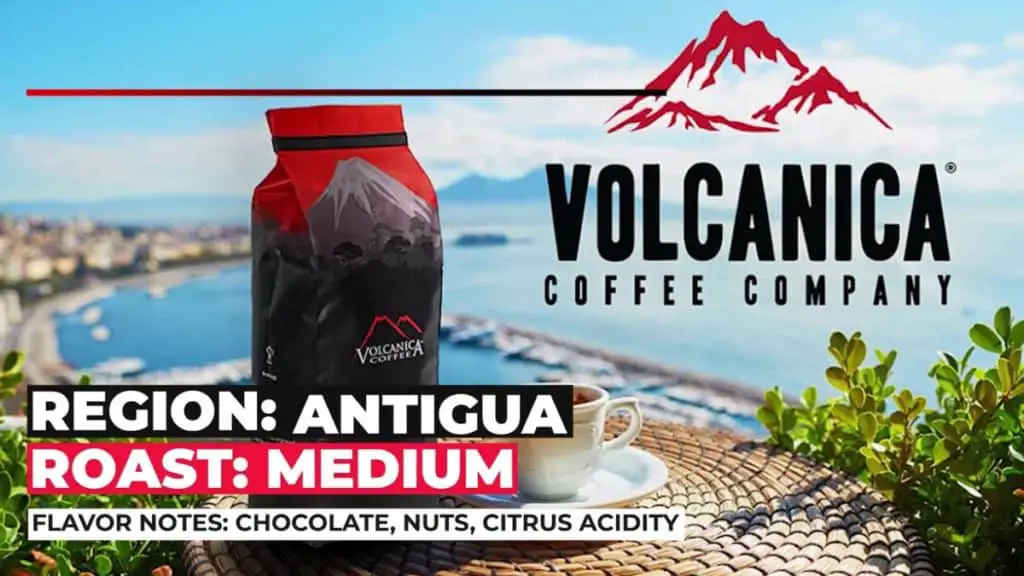
Antigua is located between two volcanoes, and it has developed a reputation for producing the best coffee in Guatemala. Volcanica Guatemala Antigua reflects the high standard of the Antigua coffee region, with a rich, sophisticated, and smooth-bodied experience.
These beans have a pleasant, robust aroma, and they are roasted fresh to order. hey are not overly sweet, providing coffee-lovers a balanced combination of chocolate and nut flavors that will appeal to a large number of palettes.
Volcanica’s Guatemala Antigua is a coffee we can pretty easily recommend as a baseline for what to expect from Guatemalan coffees generally.
Out of the Grey Guatemala Asobagri Huehuetenango- 3.5*
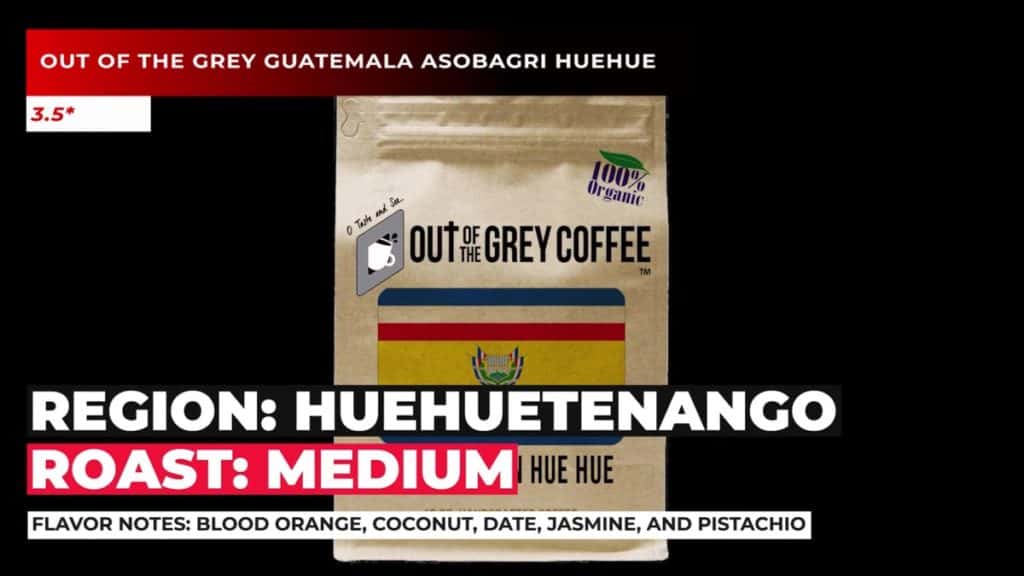
Out of the Grey’s Guatemalan offering is produced in Asobagri, a coffee-growing cooperative in Guatemala’s Huehuetenango region. Its organic and Fair Trade credentials are in sync with Asobagri’s overall ethos of supporting sustainable farming, producing organic coffee, and promoting quality growing standards amongst its coffee-growers.
The strength of this coffee is its variety of rich and complex flavors- blood orange, coconut, and jasmine- that are fairly unusual. Opinions will vary as to whether this coffee ties these diverse flavors together in a positive way. This is a coffee you will either love or hate and would recommend it to those with more adventurous palettes.
Pablo’s Pride – 3.8*
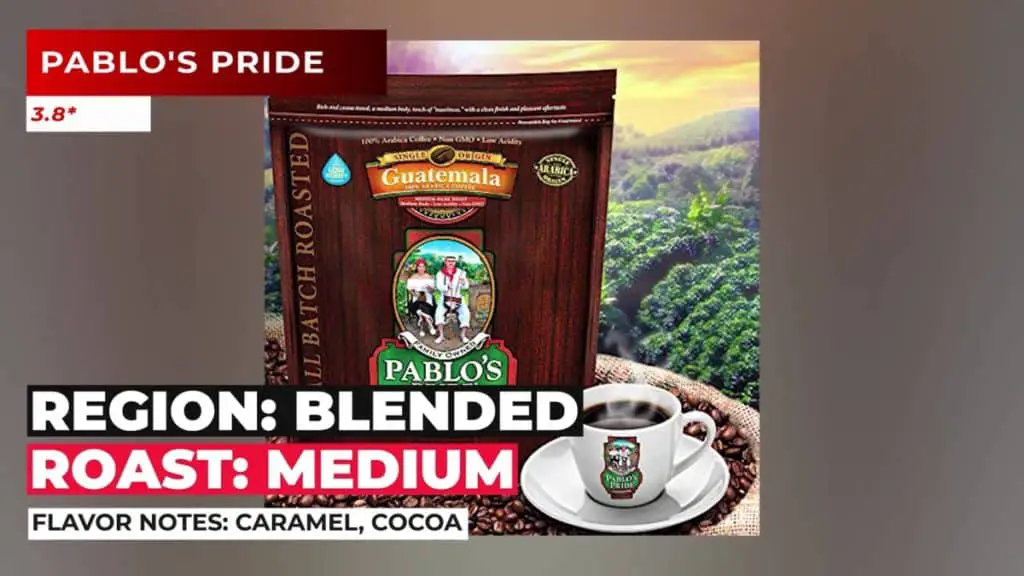
Don Pablo works with many growers of top-quality coffee beans in Latin America through their certified organic facility. Their GMO-free, 100% natural Arabica coffee beans have earned quite the following.
Pablo’s Pride has a clean finish and incredibly smooth texture with typically Guatemalan notes of caramel and cocoa. With these sweet notes, its easy to understand why Pablo’s Pride appeals to such a wide audience of coffee drinkers. As one of the only blends we considered and the positive experience we had, we’d recommend giving it a try.
Java Planet Guatemala Organic- 2.8*

As with Out of the Grey, Java Planet states a dedication to roasting top-quality coffee beans that are eco-friendly and free of chemicals and pesticides. Java Planet’s organic processing methods also make it a top consideration for those with sensitive stomachs, or high acidity.
However, we weren’t particularly thrilled with the taste of Java Planet’s Guatemala Organic. While we wouldn’t say it tasted bad, it was a bit flat and stale tasting. The notes of chocolate, caramel, and fruit were typical of Guatemalan coffees generally, but weren’t particularly interesting. This is probably a coffee you can pass on.
Belux’s Red Pacamara – 4.1*

The Pacamara variety was initially produced in El Salvador. However, it quickly grew in popularity and is now grown throughout Central America. Belux, a small Georgia roaster, offers a great auction lot red pacamara that is sure to please.
It has bright acidity and, while notes of chocolate and fruit are present, has a subtle, but particularly interesting wine-like quality. For coffee-lovers that are new to the Pacamara bean, this coffee is definitely a Guatemalan worth trying.
Two Volcanoes – 3.8*

No Guatemalan coffee review is complete without sampling at least one from San Marcos. Two Volcanoes, a US roaster that specializes in Guatemalan coffee, seeks to represent the high standards of Guatemalan coffee while still bringing its own unique twist to the proverbial coffee table.
Like many Guatemalan coffees, Two Volcanoes features nuts as a dominant flavor, but with reduced acidity and unique floral hints that differentiate it from other Guatemalan coffees. This is a low-tone, pleasant coffee that is very easy to drink and will appeal to many tastes.
Starbucks Guatemala Antigua – 4.2*

Starbucks Guatemala Antigua is best described as a crowd-pleaser- it is easy to see why this coffee appeals to a broad swath of coffee drinkers and has earned a spot amongst Starbucks single-origin offerings. While the dominant flavor notes of chocolate and nuts aren’t particularly interesting, the coffee overall is a low risk option for those looking to dip their toe into the proverbial Guatemalan coffee waters and won’t turn many drinkers off.
Starbucks Guatemala Antigua has a relatively buttery texture but still provides a clean, almost crisp finish. It initially tastes of high acidity, only to be mid-palette muted by the bolder notes of a darker roast. It is widely available at various retailers online and makes a great “everyday cup” that you won’t tire of.
Now let’s take a look the Guatemalan coffee that got our best rating…
Cat and Cloud’s Guatemala Los Cedros – 4.7*

Cat and Cloud, a Santa Cruz based roaster started by a pair of regional and national Brewers Cup and Barista Championship winners, has something special on their hand with this Guatemalan!
This is the coffee that truly manages the best of both worlds through washed processing- it retains the desirable chocolatey, nutty flavors characteristic to Guatemalan coffees while successfully marrying them to more exotic notes like tangerine. Guatemala Los Cedros would pair extremely well with a morning pastry or even an evening desert. This is definitely a coffee we fully recommend!
